Eye Shape Guide: Identifying Various Types of Eyes
After working with hundreds of clients as a beauty consultant over the past five years, I’ve learned that understanding eye shape is key to enhancing facial harmony.
This guide combines my hands-on experience with medical insights from journals like Ophthalmic Plastic and Reconstructive Surgery, to help you recognize your eye shape and style it effectively—whether you're applying makeup or choosing eyeglasses.
How to Determine Your Eye Shape?
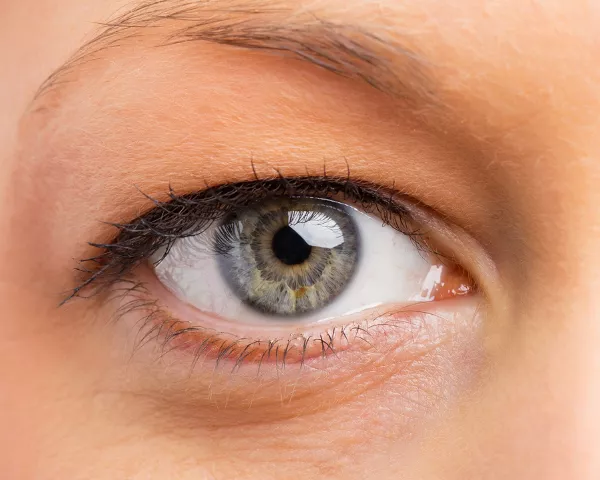
Identifying your eye shape requires careful observation of several key features. Here's a systematic approach to determine your eye shape:
1. Observe the outer corners:
Look at the outer corner of your eyes in relation to the inner corner.
The outer corner position determines whether you have upturned, downturned, or straight eyes.
Stand in front of a mirror with good lighting and examine how these corners align.
2. Consider the crease:
The presence and visibility of your eyelid crease is crucial for identification.
Some people have a visible crease that extends across the entire eyelid, while others have a monolid eye shape with no visible crease.
The crease depth and position significantly impact your overall eye appearance.
3. Check for roundness:
Assess whether your eyes appear more circular or elongated.
Round eyes typically show more of the iris and eyeball, with visible whites above and below the colored part of the eye.
This characteristic helps distinguish round eyes from other shapes.
4. Assess almond shape:
Almond-shaped eyes have a distinctive pointed appearance at both the inner corner and outer corner.
The iris in almond eyes typically touches both the top and bottom eyelid, creating a balanced, symmetrical look.
There are 10 Different Eye Shapes
Based on ophthalmological and cosmetic classifications, there are 10 main types of eye shapes that encompass the majority of human eye variations:
1. Almond Eyes
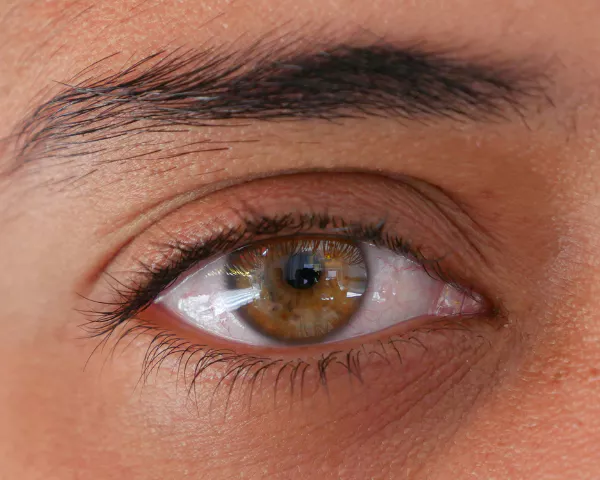
Almond eyes are characterized by their slightly pointed ends and balanced proportions.
The iris touches both the upper and lower lash line, creating a harmonious appearance.
This almond-shaped eye is often considered the most versatile for makeup application and is frequently seen in fashion and beauty industries.
2. Round Eyes
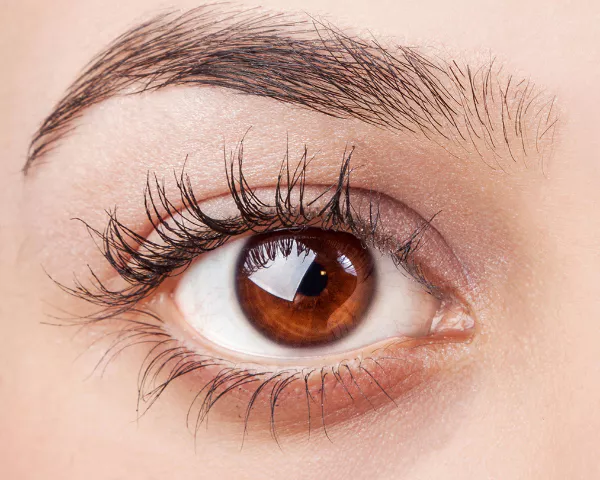
Round eyes appear larger and more open, with a noticeable amount of the eyeball visible.
The iris doesn't touch the top and bottom eyelid simultaneously, and you can see the whites of the eyes above and below the colored part of the eye.
This common eye shape creates an alert, youthful appearance.
3. Protruding Eyes
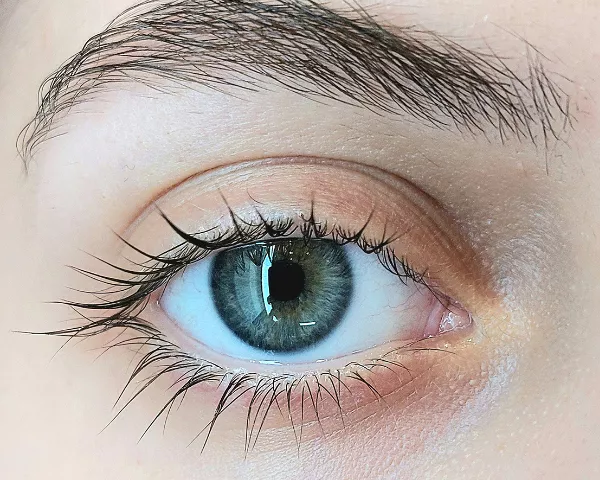
Protruding eyes appear to bulge outward from the eye socket, making the eyeball more prominent.
This condition can be natural or result from medical conditions like exophthalmos.
The eyes may appear larger than average and can benefit from specific makeup techniques to balance their appearance.
4. Monolid Eyes
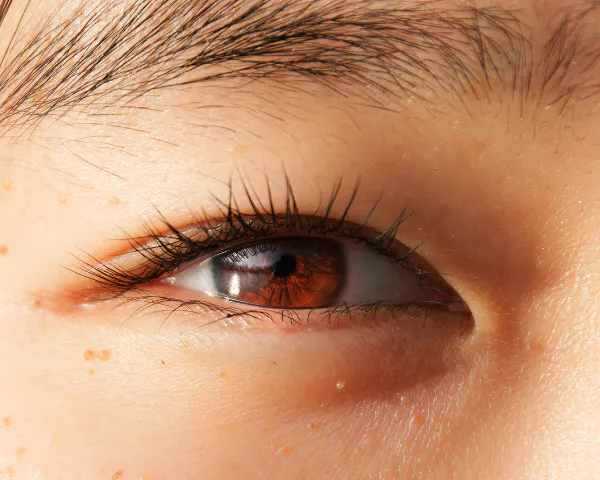
Monolid eyes lack a visible crease on the eyelid when the eyes are open.
This eye shape is common in East Asian populations and creates a smooth, continuous line from the lash line to the brow bone.
The monolid eye shape requires different makeup approaches compared to eyes with visible creases.
5. Downturned Eyes
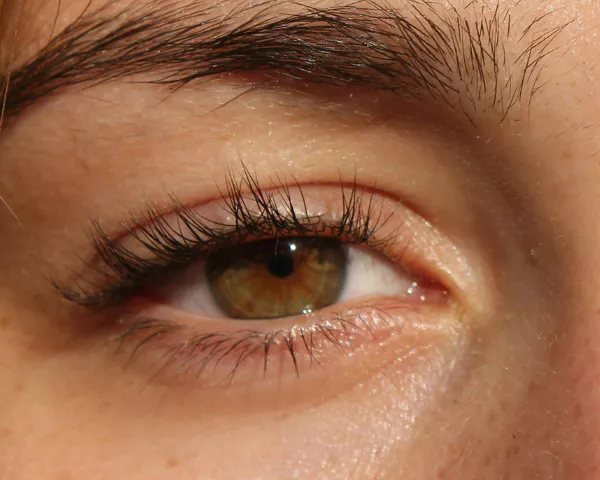
Downturned eyes have outer corners that sit lower than the inner corner, creating a drooping appearance.
This natural eye shape can sometimes make the eyes look sad or tired, but proper makeup techniques can enhance their natural beauty and create the opposite of downturned eyes effect.
6. Upturned Eyes
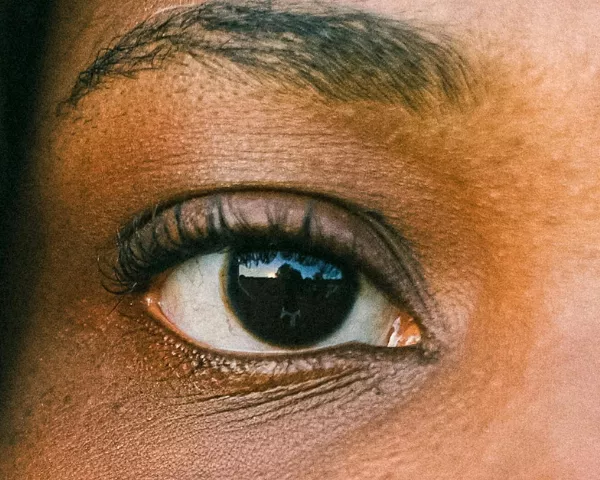
Upturned eyes feature outer corners that are higher than the inner corner, creating a natural upturn.
This eye shape is often associated with a youthful, alert appearance and can naturally create a cat eye effect without makeup.
7. Close-Set Eyes
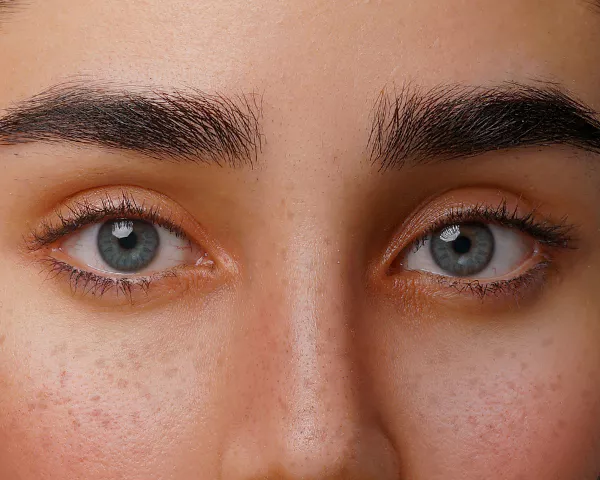
Close-set eyes are positioned closer together than average, with less space between them.
The distance between the eyes is typically less than the width of one eye.
This eye shape can be balanced with strategic makeup placement and color techniques.
8. Wide-Set Eyes
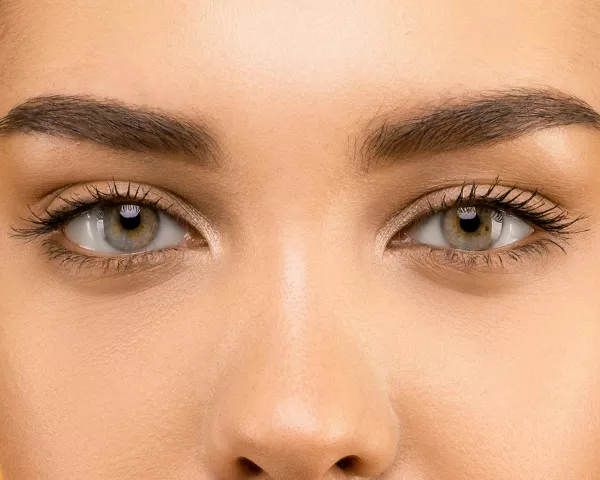
Wide-set eyes have more space between them than average, typically more than the width of one eye.
This eye shape creates an open, balanced facial appearance and can be enhanced with specific makeup techniques to bring the eyes closer together visually.
9. Deep-Set Eyes
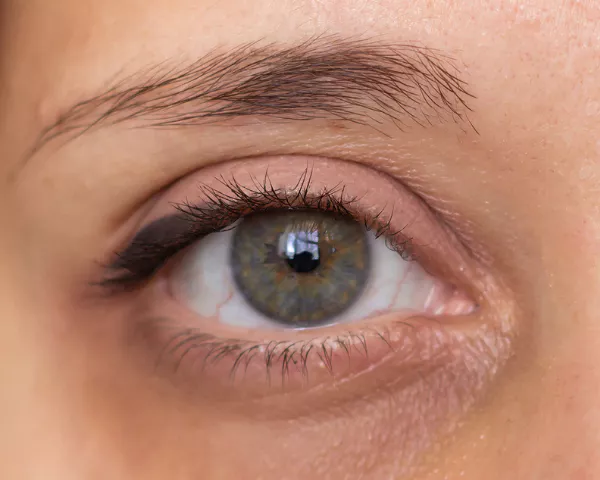
Deep-set eyes are positioned deeper into the eye socket, creating a prominent brow bone.
This eye shape can make the eyes appear smaller and more shadowed.
The upper eyelid may be less visible, and the lash line appears set back from the face.
10. Hooded Eyes

Hooded eyes have a fold of skin that droops over the crease, making the eyelid less visible when the eyes are open.
This eye shape can develop naturally or with age, and it affects how eyeshadow and eyeliner appear on the eyelid.
How Vision Affects Eye Shape?
Several vision conditions and medical factors can influence the shape of your eyes:
Myopia and Hyperopia
Both nearsightedness and farsightedness can subtly alter the shape of the eyeball.
These conditions affect the eye's length and can influence how the eye appears in its socket, though changes are typically minimal.
Exophthalmos
This condition causes abnormal protrusion of one or both eyes, often due to thyroid disease.
The eyeball appears to bulge forward, creating a more prominent eye appearance that can affect both vision and cosmetic appearance.
Ptosis
Ptosis involves drooping of the upper eyelid, which can make the eye appear hooded or smaller.
This condition can be congenital or develop over time, affecting the natural eye shape and sometimes requiring medical intervention.
Does Eye Shape Affect Your Eye Color?
Eye shape and eye color are determined by different genetic factors and don't directly influence each other.
However, certain populations may show trends - for example, monolid eyes are often associated with brown eyes in East Asian populations, while deep-set eyes might be more common with lighter eye colors in European populations.
The iris structure remains consistent regardless of eye shape, though the visible area of the iris may vary depending on how much of the eyeball is exposed in different eye shapes.
Can You Change Your Eye Shape?
Natural Changes
Your eye shape is primarily determined by genetics and bone structure. While the basic shape remains constant throughout life, some natural changes can occur:
- Aging may cause skin to droop, affecting the appearance of hooded eyes
- Medical conditions can alter eye position or eyelid function
- Eye muscles may weaken over time, subtly changing appearance
Cosmetic Options
Several options exist for those wanting to modify their eye appearance:
- Makeup techniques can dramatically alter how your eyes appear
- Eyeliner and eyeshadow can create the illusion of different eye shapes
- Cosmetic surgery like blepharoplasty can permanently alter eyelid appearance
- Lash extensions and mascara can change the perceived eye shape
How Choosing Glasses for Your Eye Shape?
Selecting the right frames for your eye shape can enhance your natural features:
Thin Frames
Thin frames work well for smaller or more delicate eye shapes, particularly close-set eyes or deep-set eyes. They don't overwhelm the natural eye features and provide a subtle enhancement.
Bold Frames
Bold frames can accentuate round eyes or almond eyes, adding definition and creating a striking appearance. They work particularly well for those who want to make their eyes pop.
Geometric Frames
Geometric frames offer contrast and balance for round eyes or hooded eyes, creating angular lines that complement softer eye shapes.
Different Ethnic Eye Types: How Do They Compare?
Different ethnic groups often display characteristic eye features:
Asian Eyes
- Commonly feature monolid eyes with epicanthic folds
- Often have dark irises and less visible eyelid crease
- May have a different angle between the inner corner and outer corner
African Eyes
- Often have prominent, expressive eyes with pronounced eyelids
- Typically feature dark irises and well-defined lash lines
- May have a natural upturn in the outer corner
European Eyes
- Frequently display deep-set eyes with various iris colors
- Often have visible creases and varied eye shapes
- May show more of the eyeball due to socket structure
Hispanic/Latino Eyes
- Often feature almond-shaped eyes with medium to dark irises
- May have expressive brows that complement the eye shape
- Can display various eye shapes within this diverse population
Middle Eastern Eyes
- Often characterized by large, almond eyes with thick lashes
- Typically have dark irises and well-defined eye features
- May have a natural intensity due to eye shape and coloring
FAQs
What is the rarest eye shape?
While almond eyes are the most common globally, monolid eyes and protruding eyes are considered rarer in many populations. However, rarity depends on geographic and ethnic factors.
What is the most beautiful eye type?
Beauty is subjective and varies across cultures. However, almond-shaped eyes are often favored in fashion and beauty industries due to their versatility and balanced proportions.
How many kinds of iris are there?
The iris can be categorized by color (brown, blue, green, hazel, gray, amber) and by pattern (crypts, furrows, rings). These variations are independent of eye shape.
What Are Hooded Eyes? Can You Get Rid of Them?
Hooded eyes have a fold of skin that droops over the crease. While natural, they can be addressed through makeup techniques, eye care routines, or cosmetic surgery if desired.
How does ethnicity influence eye features?
Genetics and ancestry significantly influence eye shape, size, and eyelid structure. These genetic factors create the diversity in eye features we see across different populations.
Conclusion
Understanding the various eye shapes enhances both self-awareness and practical applications in makeup, eyewear selection, and eye health.
Each of the 10 main eye shapes has unique characteristics that contribute to individual beauty and require specific approaches for enhancement.
Whether you have round eyes, almond eyes, or any other eye shape, embracing your natural features while understanding how to work with them can significantly impact your appearance and confidence.
Remember that eye shape is just one aspect of your unique facial features, and all types of eye shapes have their own distinct beauty.
Regular eye care and consultation with an eye doctor can help maintain both the health and appearance of your eyes, regardless of their shape.
By understanding your particular eye shape, you can make informed decisions about makeup, eyewear, and even medical care when needed.